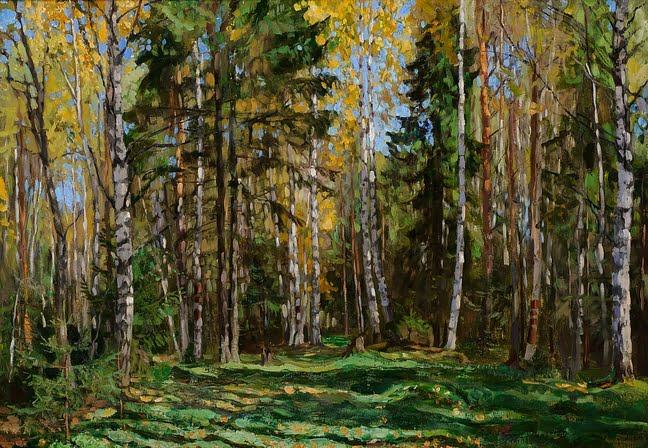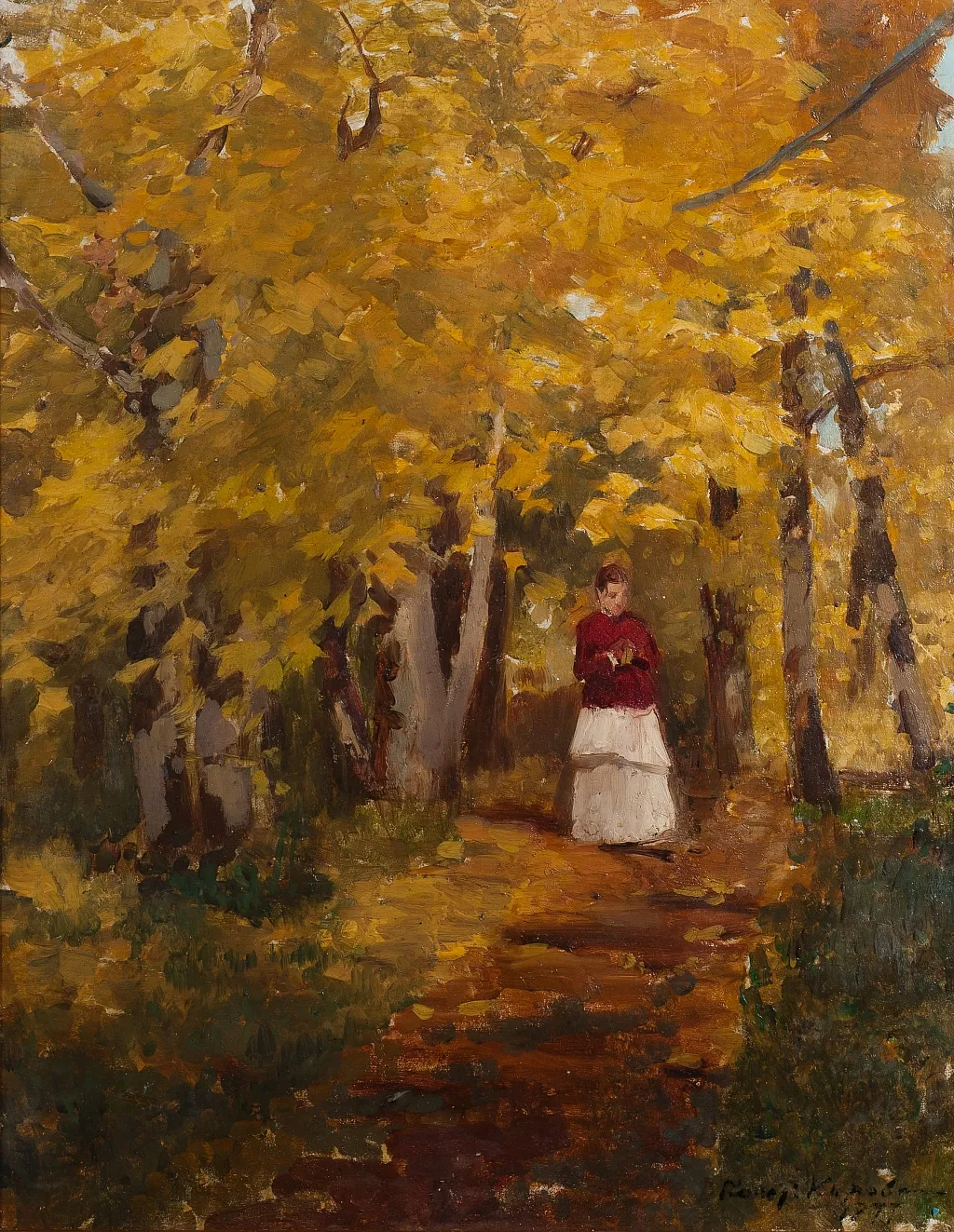Пожалуйста, учитывайте это при планировании посещения.
С 13 сентября музей работает в прежнем режиме

_(1).jpg)
Экспозиция музея посвящена развитию русского импрессионизма на протяжении столетия, начиная с 1870-х годов.
Сейчас в музее проходит выставка «Свой человек. Владимир Гиляровский», которая занимает все три этажа. Постоянная экспозиция вернется в феврале.
Константин Коровин и Валентин Серов, Николай Богданов-Бельский и Станислав Жуковский, Игорь Грабарь и Николай Дубовской — в коллекции музея представлена вся история русского импрессионизма.
Импрессионизму в России не повезло.
Зародившись в конце XIX столетия и почти приобретя собственное звучание, русский импрессионизм начал активно вытесняться авангардом. А после революции
так и вообще оказался «вне системы». Но несмотря ни на что, многие художники и до, и после политического
переворота в стране, продолжали творить
в импрессионистической стилистике, продолжали экспериментировать на своих полотнах со светом, цветом, стремились передать настроение, эмоцию, уловить тончайшие воздушные вибрации.
Постоянная экспозиция музея охватывает значительный период времени.
Самая ранняя картина «В овраге» Василия Поленова — учителя Константина Коровина и Валентина Серова — датирована 1879 годом.

На портрете – будущая примадонна петербургского Мариинского театра.

Картина написана широкими мазками, а все изображенные элементы обобщены. Так художник создает колористически тонкий, выдержанный в оттенках голубого и песочного, пейзаж-впечатление.

Иногда "певец русской усадьбы" Станислав Жуковский отправлялся вместе с друзьями-художниками работать на открытом воздухе в Тверской губернии. Там, вероятно, и был создан пейзаж "Осенний лес".
.jpg)
Значительную часть жизни Николай Тархов прожил во Франции, где познакомился с будущей женой. В результате семья стала для художника любимой темой и источником вдохновения.
.jpg)
Виды древних русских городов часто привлекали Константина Юона. Неоднократно он работал в Ростове Великом, импрессионистически запечатлевая его старинную архитектуру.
.jpg)
Михаил Шемякин, ученик Валентина Серова и Константина Коровина, часто писал гиацинты в горшках. Эти цветы было принято выращивать к Рождеству в семье его тестя, музыканта Ивана Гржимали.
.jpg)
Наполненная свежестью картина "Окно" была создана молодым Валентином Серовым, одним из главных русских импрессионистов, в качестве этюда к портрету своей будущей жены Ольги Трубниковой.

Этот осенний меланхоличный пейзаж написан юным Константином Коровиным в одном из московских парков, когда его узнаваемая импрессионистская манера только формировалась.
.webp)
Картина "Лето" – большой успех Богданова-Бельского. Крупный размер, тонкая по колориту и фактуре живопись, смешение разных жанров и другие детали делают этот образ ярким и запоминающимся.

Работа относится к раннему, импрессионистическому периоду творчества мастера, в будущем увлекшегося авангардными экспериментами. Поверхность холста с раздельными мазками напоминает мозаику или панно.
Для прослушивания бесплатного аудиогида переходите по одной из ссылок и выбирайте трек с нужным номером.
Не забудьте наушники!
Доступен сразу в вашем браузере, регистрация не потребуется
Откроется сразу в вашем браузере, регистрация не потребуется
Потребует действующей подписки на сервис
Откроется сразу в браузере, регистрация не потребуется
Откроется сразу в браузере, регистрация не потребуется